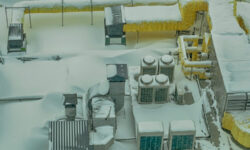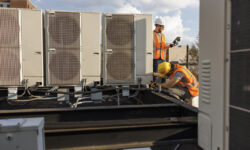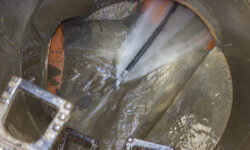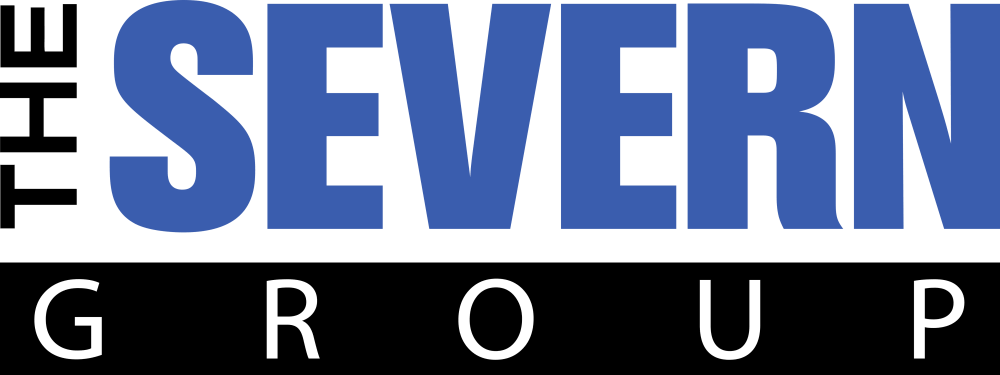In today’s environmentally conscious world, sustainability is a critical consideration in the construction and operation of commercial buildings. One of the most recognized standards for sustainable building is the Leadership in Energy and Environmental Design (LEED) certification.
LEED, developed by the U.S. Green Building Council (USGBC), provides a framework for healthy, efficient, and cost-saving green buildings. The role of Heating, Ventilation, and Air Conditioning (HVAC) systems is paramount among the various factors contributing to LEED certification. This article explores how HVAC systems influence LEED certification and why they are critical to achieving high performance in commercial buildings.
The importance of commissioning in the performance of HVAC (Heating, Ventilation, and Air Conditioning) systems cannot be overstated. This process ensures that these systems are designed, installed, and functioning to meet the specific needs of a building and its occupants. Let’s dive into why commissioning is critical for HVAC system performance, its benefits, and some best practices to follow.
Read more →As a business owner or facility manager, you want to make sure your commercial building is safe and comfortable for its occupants. One vital aspect of achieving this comfort is effectively managing HVAC systems, especially during peak seasons. As the seasons change, so do the demands on your commercial HVAC system. Whether it’s the scorching heat of summer or the bitter cold of winter, maintaining a comfortable indoor environment in your commercial space is important for the well-being of employees and customers alike. In this blog, we’ll explore the challenges of managing HVAC during peak seasons and provide valuable tips to ensure your space remains comfortable year-round.
Read more →Insulation’s impact on commercial buildings is frequently overshadowed by its role in residential settings. However, this oversight can lead to misconceptions about the efficiency of large structures and open spaces. Contrary to common assumptions, proper insulation is a pivotal factor in optimizing the performance of your commercial HVAC system.
Insulation’s impact on commercial buildings is frequently overshadowed by its role in residential settings. However, this oversight can lead to misconceptions about the efficiency of large structures and open spaces. Contrary to common assumptions, proper insulation is a pivotal factor in optimizing the performance of your commercial HVAC system.
Effective and properly installed insulation not only enhances HVAC efficiency but also yields substantial energy savings, all while ensuring a consistently comfortable indoor environment. In this article, we will delve into the crucial role that proper insulation plays in commercial HVAC systems and demonstrate how it can be a catalyst for cost reduction and energy efficiency.
Read more →Balancing humidity control in commercial buildings while balancing comfort and energy efficiency is a challenge that building managers and owners face. Maintaining optimal humidity levels in commercial buildings is crucial for ensuring occupants’ comfort, health, and productivity and preserving the integrity of the building’s structure and equipment. Read on as we explore the importance of humidity control, its impact on occupants and the building itself, and strategies for achieving a balance between comfort and efficiency.
Read more →The Severn Group has narrowed the list to 4 important HVAC task lists for facility managers that are crucial to the upkeep of your facility. As a facility manager your primary role is to ensure that the facility operates smoothly, efficiently, and safely, providing a comfortable and functional environment for its occupants. Read on to learn about 4 essential regular maintenance tasks and inspections that will maximize energy efficiency, prevent costly repairs, and extend the lifespan of your HVAC systems.
Read more →An HVAC retrofit refers to upgrading or replacing an existing heating, ventilation, and air conditioning system in a building with newer and more efficient technology. Read on to learn more about evaluating your current HVAC system, determining the needs of your building, and how we can help with installing or upgrading your HVAC system components to best meet those needs.
Read more →Have you lost count of how many times you have poured some powerful agent down your sink in the bathrooms or kitchen, the bathtub and shower drains, or even the toilet? Or your water pressure has decreased due to the debris buildup in the pipes, or your pipes could have formed cracks, and the price of that could be excessive. The Severn Group has an answer before that must happen; it’s called hydro jetting. Read on to learn more about hydro jetting and when to use it in your plumbing system.
Read more →Office distractions are terrible for productivity. While open office spaces are great for promoting employee comradery and cubicles still offer some modicum of privacy, they also allow for plenty of noise to disturb important work. HVAC noise might seem trivial, but it’s one of the more distracting and troublesome sounds that can plague a workspace and should therefore be taken seriously. So what can you do to reduce HVAC noise?
Read more →An ounce of prevention is worth a pound of cure. By making and following an HVAC maintenance checklist, you can extend the life of your system. It’s a simple yet essential task that will head off expensive repairs and replacements. Before you perform your fall HVAC maintenance, prepare your list so you don’t miss any critical tasks.
Read more →









